Fiber Cable Maintenance
Cleaning Procedures for Fiber Cable Connections
The most prominent cause of fiber-optic dropped packets or network outages comes from dirty or comprised fiber connections. If a particle of dust, lint, oil, or any other dirt gets on the end of the connector, it will interrupt the signal being sent. These seemingly small particles can throw a hiccup in the data transfer capabilities of your network, leading to costly network failures and downtime. It is important to address why clean environments and proper cleaning maintenance of your fiber transceivers and cables is necessary for the health of your network.
Signs a fiber connection may be contaminated
Performance Monitoring
Signs of contamination usually exhibit themselves in the form of performance degradation
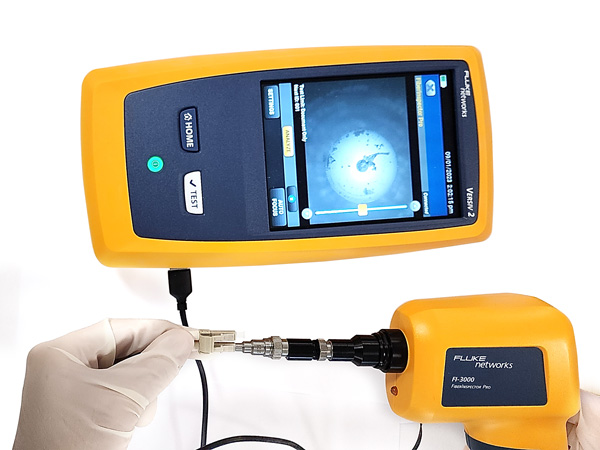
Scope Inspection of Contaminated
LC Fiber Connection
Guide Menu
Cable Inspection & Diagnosis
Examining a fiber core with an Integrated Fiber EndFace Inspector can help identify when damage or contaminates are effecting the throughput of light in the fiber.

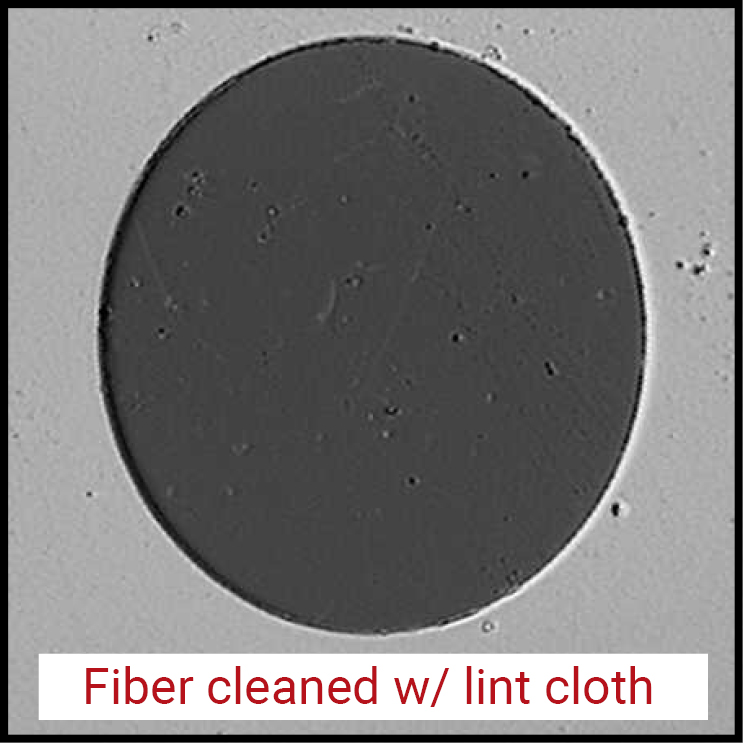
Why is maintenance important?
In order to maintain optimal performance in a fiber network, it is paramount that fiber never be left exposed. Maintaining clean connections ensures your cables will perform to their proper specifications. Transceiver connectors and fiber cables should always be plugged in or covered with a dust cap in order to protect the fiber core. Any contamination in a fiber connection can cause failure of the component or the whole system overall. Microscopic dust particles that partially or completely block the fiber core generate strong back reflections which in turn cause instability in the laser system.
If a fiber cable was cleaned and properly inspected upon original installation, there are still ways in which the connectors can acquire contamination over time, even if the cable has never been removed. Here are some potential causes:
Airflow
Wear and Tear
Condensation
Enclosures
Airborne Contaminants
Microscopic Particles
Degradation of Materials
Diagnosing Connector Contamination
Visual Inspection
-
Microscope ExaminationUse an inspection microscope, ideally with at least 200x or 400x magnification, to inspect the end-face of the connector. This will allow you to see contamination like dust, dirt, oil, or other debris.
-
Connector HealthCheck the physical condition of the connectors. Visible wear, cracks, or damage can be sites of contamination.
Physical Environment Monitoring
-
Environment ExaminationIf the environment where the cable operates has recently become dirtier or dustier, there is an increased likelihood of contamination. Keeping tabs on environmental changes can give clues about potential contamination sources.
Optic Baseline Monitoring
-
Compare Against Good CableIf you suspect contamination, and the visual inspection or tools don't provide a clear answer, try swapping the suspect cable with a known good one. If the issues resolve after the swap, it is possible that the original cable was the problem.
How To Clean a Fiber Cable

• Non-abrasive cleaner (air duster)
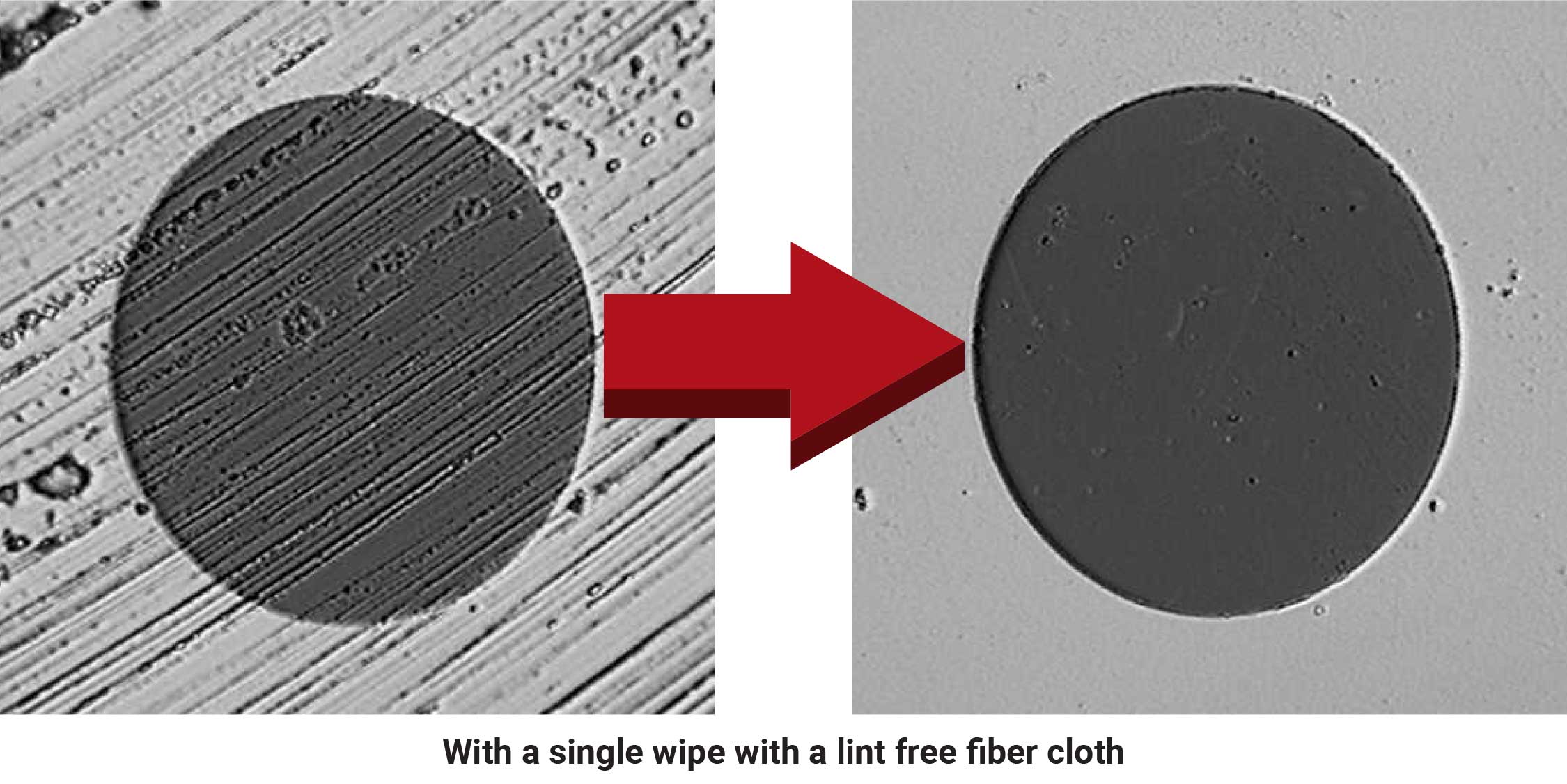
• Before handling any module, confirm that it's powered down and treat each module delicately.
• Only use Clean Dry Air (CDA) or a trusted source of canned compressed air.
• While using compressed air, keep the can in a vertical position. Angling it might cause unwanted liquids to be discharged with the air.
General Guide For When to Clean
-
InstallationFiber cables should be inspected at the time they are installed. The installation inspection helps ensure there is no contamination present.
-
After InstallationAfter installation, the cables should be inspected to ensure they were not contaminated during the installation process.
-
Regular InspectionsFollowing installation, regular inspections are key. The specific timeline for these inspections can depend on the operating environment. For instance, if the cables are exposed to harsh environmental conditions (e.g., dust, heat, humidity), more frequent inspections may be necessary.
-
Prior to ReconnectingIf a cable has been disconnected for any reason, the cable should both be inspected and cleaned before it is reconnected.
-
Scheduled MaintenanceAs a part of scheduled maintenance, fiber optic cables should be inspected and cleaned. This is often done annually, but the frequency may be adjusted based on the environment and how critical the network is to operations.
Cable Maintenance Products
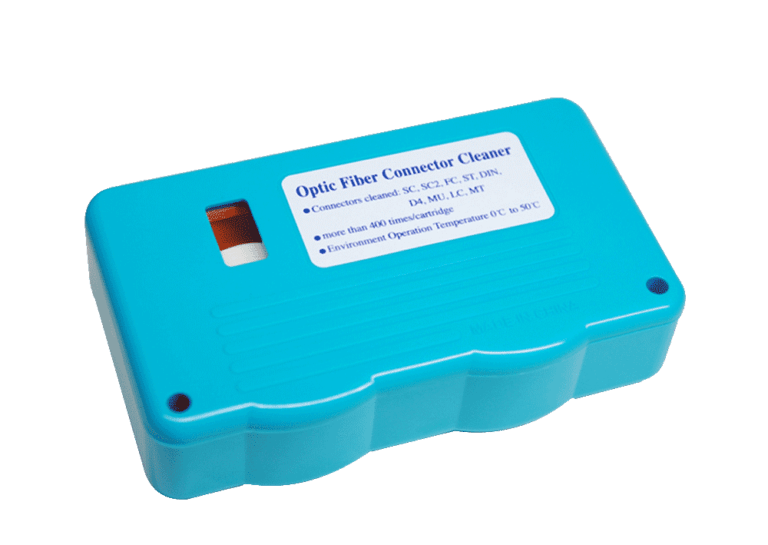
Reel-type cleaners quickly and effectively clean a variety of connectors. Reel-type cleaners are a safe cleaning option without the need for alcohol, which can be toxic and flammable. They have refillable cleaning tapes making them ideal for lab, assembly lines and field use.
For Fiber Connectors (LC, SC, ST, FC, MT, MU)
-
1Have cleaner and desired cabling ready to use together
-
2While holding cable with one hand, use other hand to firmly secure the cleaner and press down the release to open position
-
3Run cabling in 1 direction toward yourself (1 swipe per cable, do not run multiple times to avoid contamination)
-
4Release the latch to close the exposed cleaning material
-
5Repeat procedure for each cable needed
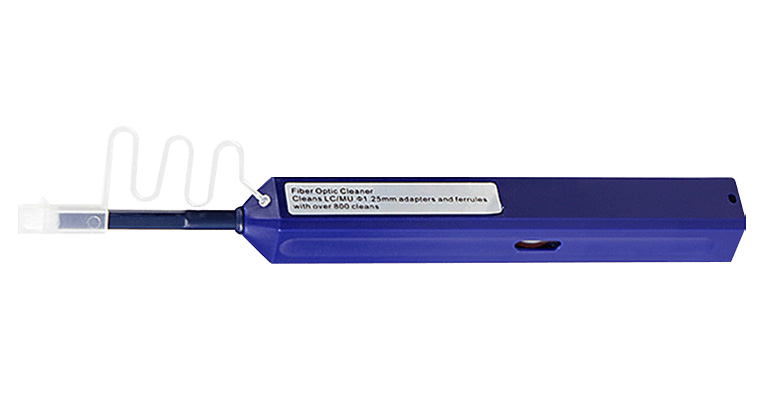
Designed for cleaning LC and MU type connectors, this fiber cleaner can easily remove dirt, dust, oil and grease from an optical fiber adaptor. With the ability to each into the entire area within the connector, it makes cleaning of the ferrule endface a simple task with the push of a button.
For Fiber Connectors (LC/MU):
-
1Remove the top of outer cap of LC/MU Simplex Cleaner (with attachment still on cleaner)
-
2Align connector to fit into cleaner
-
3Press cleaner until click is heard, then release
-
4Repeat for each fiber cable connection needed
For Transceiver / Fiber Patch Connection (LC/MU)
-
1Fully remove outer cap of LC/MU Simplex Cleaner
-
2Press cleaner until click is heard, then release
-
3Repeat as needed per LC Transceiver / Fiber Patch connection
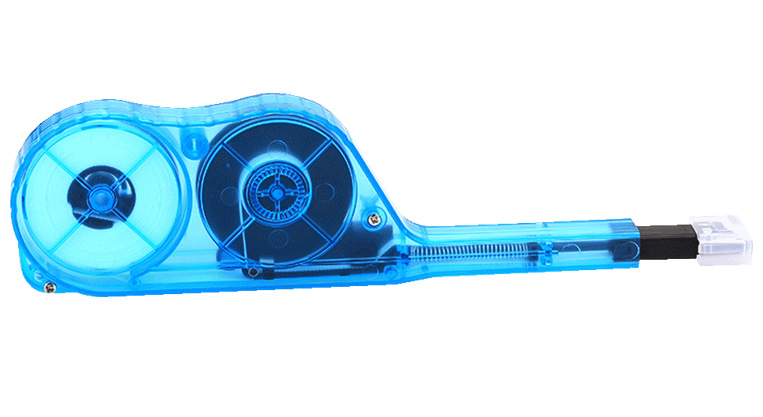
This push-type cleaner is specifically designed for the cleaning of ferrule end-faces in MTP/MPO adapters. With the ability to clean all 8/12/24 fibers simultaneously it is a time and cost efficient tool for the maintenance of fiber cables. This cleaner can clean both exposed jumper ends as well as connectors embedded in the adapter.
For Fiber Connectors (MTP/MPO)
-
1Keep attachment on device
-
2Align connector to fit into cleaner
-
3Press cleaner until click is heard, then release
-
4Repeat for each fiber cable connection needed
For Transceiver / Fiber Patch Connection (MTP/MPO)
-
1Fully remove outer cap of MTP/MPO fiber cleaner
-
2Press cleaner until click is heard, then release
-
3Repeat as needed per MTP/MPO transceiver / Fiber Patch connection